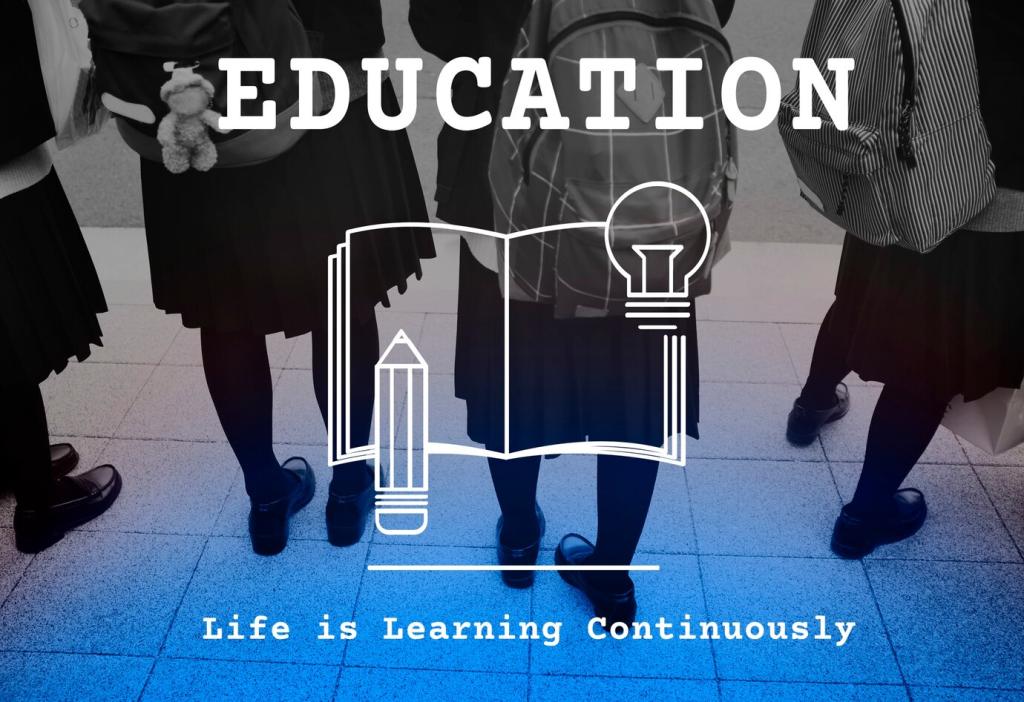Aligning Curriculum with Real Jobs and Future Industries
Paid, mentored apprenticeships blend coursework with hands-on learning, accelerating mastery and employability. Effective models share clear competency maps, portable credentials, and employer commitments. Graduates gain experience and wages, while firms reduce hiring risk and boost productivity from day one.
Aligning Curriculum with Real Jobs and Future Industries
Technical fluency paired with communication, teamwork, and critical thinking creates resilient workers who thrive amid automation. Embedding project-based learning with interdisciplinary teams mirrors modern workplaces. Graduates learn to solve real problems, not just pass exams, lifting lifetime earnings potential.







